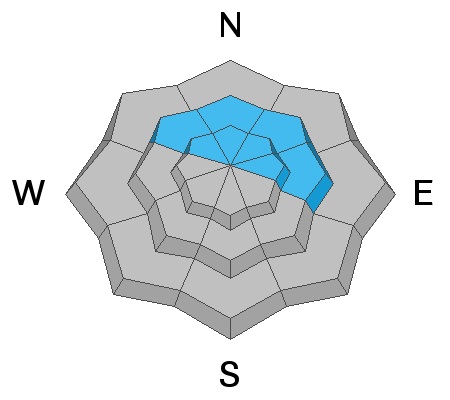Forecast for the Salt Lake Area Mountains

Issued by Mark Staples on
Tuesday morning, December 10, 2019
Tuesday morning, December 10, 2019
Today the existence of a persistent weak layer at the ground on northerly and east-facing slopes at mid and upper elevations makes the avalanche danger CONSIDERABLE. Recent avalanches and collapsing confirm this problem is still alive and waiting for a trigger to produce an avalanche 2-4 ft deep.
Southerly-facing and west-facing slopes at mid and upper elevations don't have this weak layer. The main avalanche problem to watch for is shallow slabs of wind drifted snow making the avalanche danger MODERATE.
Low elevations have generally safe avalanche conditions and a LOW avalanche danger.

Low
Moderate
Considerable
High
Extreme
Learn how to read the forecast here









